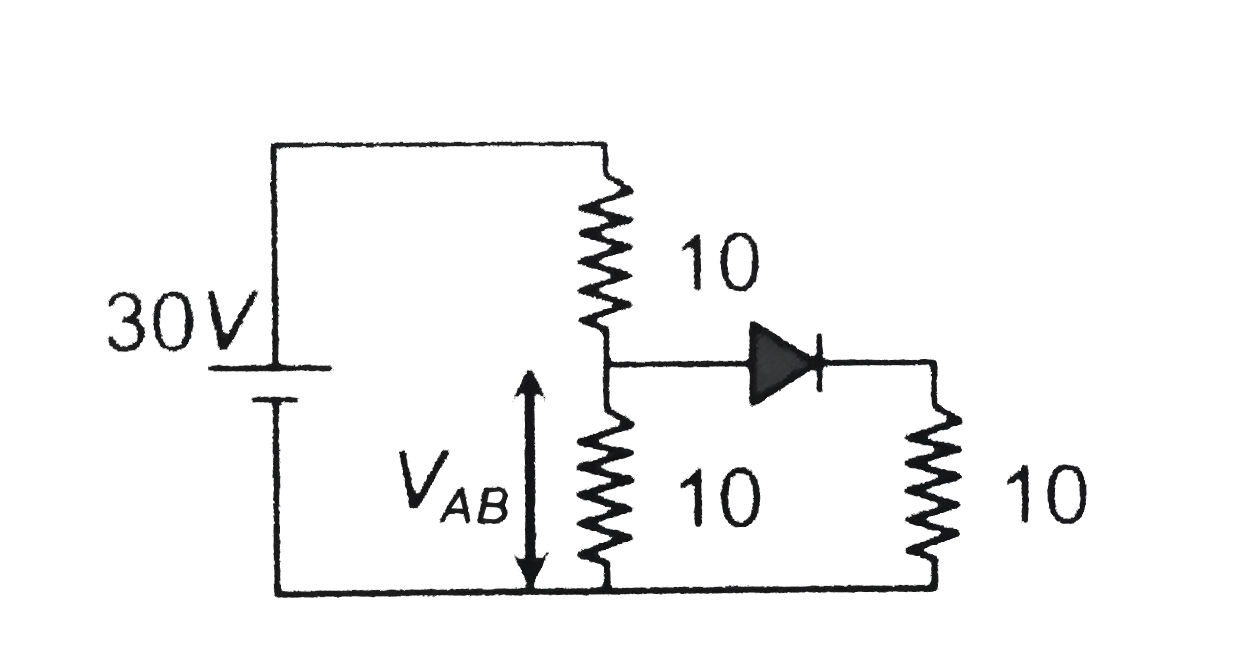Sound produced by a tining fork is a sort of :-Solution in Gujrati
digital signal
analog signal
both (1) and (2)
neither (1) nor (2)
The correct Answer is:B
Step by step video & image solution for Sound produced by a tining fork is a sort of :- by Physics experts to help you in doubts & scoring excellent marks in Class 11 exams.
Updated on:21/07/2023Topper's Solved these Questions
- SEMICONDUCTORSBOOK - ALLEN CHAPTER - SEMICONDUCTORSEXERCISE - Part-3(Exercise-2)
49 Videos
- SEMICONDUCTORSBOOK - ALLEN CHAPTER - SEMICONDUCTORSEXERCISE - Part-3(Exercise-3)
27 Videos
- SEMICONDUCTORSBOOK - ALLEN CHAPTER - SEMICONDUCTORSEXERCISE - Part-3(Exercise-4)
50 Videos
- PHYSICAL WORLD, UNITS AND DIMENSIONS & ERRORS IN MEASUREMENT BOOK - ALLEN CHAPTER - PHYSICAL WORLD, UNITS AND DIMENSIONS & ERRORS IN MEASUREMENT EXERCISE - EXERCISE-IV
7 Videos
- WAVES AND OSCILLATIONSBOOK - ALLEN CHAPTER - WAVES AND OSCILLATIONSEXERCISE - Part-1(Exercise-05)[B]
42 Videos
Similar Questions
Find VAB

View SolutionAssertion: Microwave communication is preferred to optical communication
Reason: Microwaves provide large number of channels and bandwidths as compared to optical signals.
View SolutionAt absolute zero temperature Si acts as ……..
View SolutionAssertion : Gravitational forces do not depend on the medium between the masses.
Reason : Mediating particle responsible for gravitational force is graviton.
View SolutionA string of length 0.4m and mass 10−2kg is clamped at one end . The tension in the string is 1.6N. The identical wave pulses are generated at the free end after regular interval of time , Δt . The minimum value of Δt , so that a constructive interference takes place between successive pulses is
View SolutionA tuning fork produces 4 beats/s when sounded with a fork of frequency 512 Hz. The same tuning fork. When sounded with another fork of frequency 514 Hz produces 6 beats / second. Find the unknown frequency of the fork.
View SolutionA tuning fork of frequency 100 when sounded together with another tuning fork of unknown frequency produces 2 beats per second. On loading the tuning fork whose frequency is not known and sounded together with a tuning fork of frequency 100 produces one beat, then the frequency of the other tuning fork is
View SolutionWhen a tuning fork produces sound waves in air, which one of the following is same in the material of tuning fork as well as in air
View SolutionA tunning fork produces 6 beast/s when sounded with a tuning fork of frequnecy 256 Hz. The same tunning fork when sounded with another tunning fork of frequency 252 Hz produces 2 beat/s. Find the frequency of the tunning fork.
View SolutionDescribe a simple experiment to show that the prongs of a sound producing tuning fork are vibrating.
View SolutionThe frequency of a tuning fork is 600 Hz. What is the number of vibrations made by the tunning fork, when the sound produced by the tuning fork travels a distance of 110 ? (Velocity of sound in air is 330 ms^(-1) )
View SolutionThe beats are produced by sounding the two tuning forks together.If wax is put on any one of the forks. Then the beat period
View SolutionA tuning fork when sounded with tuning fork of frequency 256 produces 4beats/sec and when sounded with another of frequency 250 produces 2beats/sec . The frequency of the fork is -
View SolutionA tuning fork of frequency of 512Hz when sounded with unknown tunning fork produces 5 beats/sec. If arms of the unknown fork are filed then it produces only 3 beats/sec. Find the frequency of unknown tunning fork.
View SolutionA tuning fork of frequency 100 when sounded together with another tuning fork of unknown frequency produces 2 beats per sec . On loading the second tuning fork , sounded together with first tuning fork , produces one beat , then the frequency of the second tuning fork is
View SolutionA fork of unkown frequency when sounded with another fork of frequency 256 produces 4 beats/s. he first fork is loaded with wax. It again produces 4 beats/s. when sounded together with fork of 256 Hz frequency then the frequency of first tunning fork is :
View Solution
